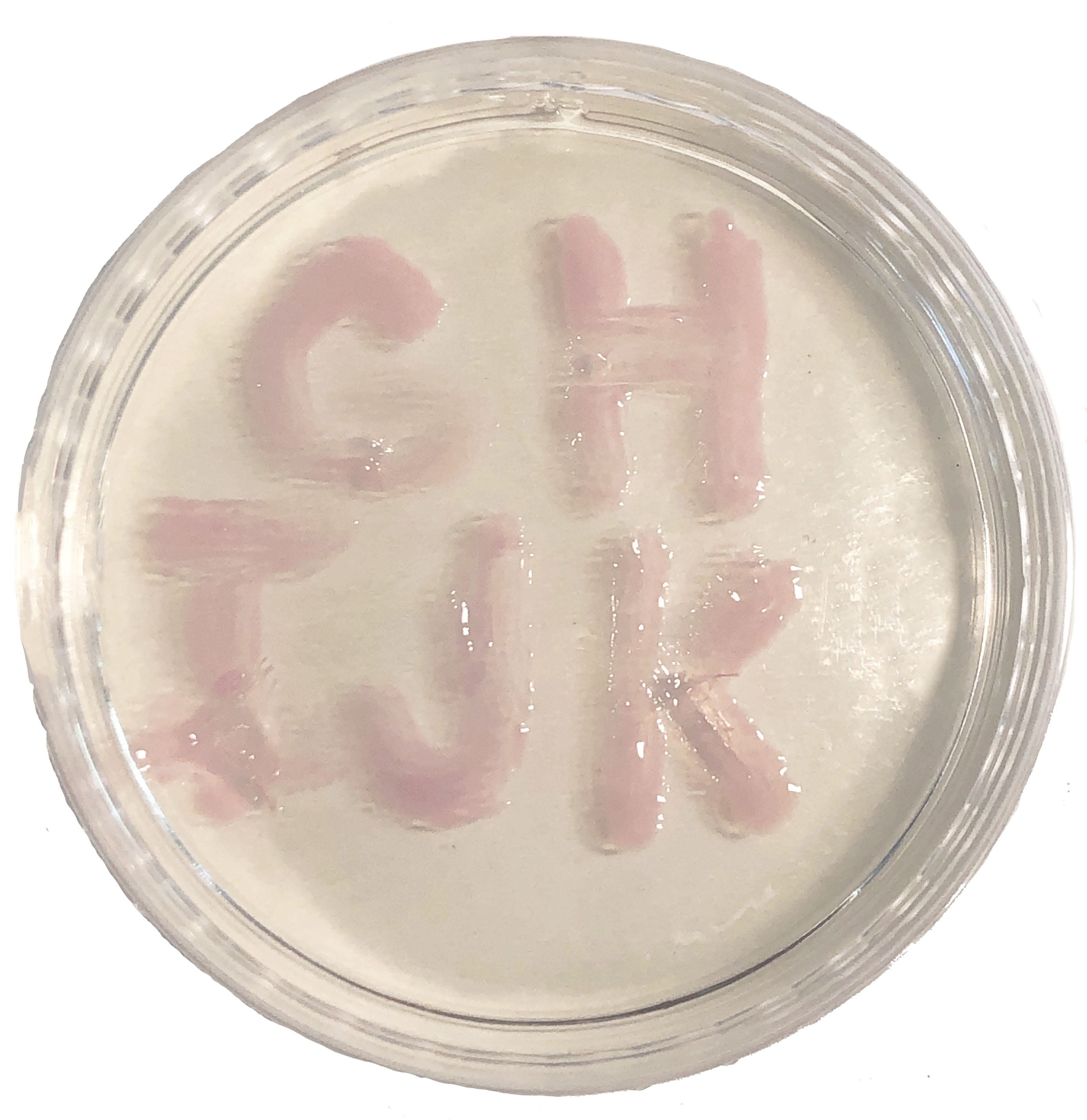click on images to explore
Antalphabet
A linguistic experiment featuring LB agar and K12 e-coli bacteria in petri dishes
The english alphabet stands in an order completely unrelated to each letter’s (current) meaning. It is not a acronym, it no longer has a numeric order, and it has been in this order for a long time. Its letters do not relate to each other spatially, and when their written arms touch on accident (like on a subway or in line at a grocery store) it is generally considered “bad penmanship”.
Click on the letters below to begin relearning the alphabet.
Streaked petri dish after 48 hours
When a phrase sounds right, it is a rhyme. When a phrase hurts to say, it is a tongue twister. When I write, I don’t want my words to sit still or become comfortable. I want them to grow from their beds and become unlandscaped. For each letter to remember what it felt like to grow limbs and sounds and serifs.

Streaked petri dish after 2 weeks
I crave linguistic chaos, biodiversity.
Below is my idea for an alphabet that doesn’t need human accompaniment. It has been grown with no expectation of font, leading, or kerning. Each limb of each letter has its own individual capacity to grow or change as it sees fit, and change as it must. Within its life cycle each letter can and will grow into and around other letters, silently adding to its own lexicon.


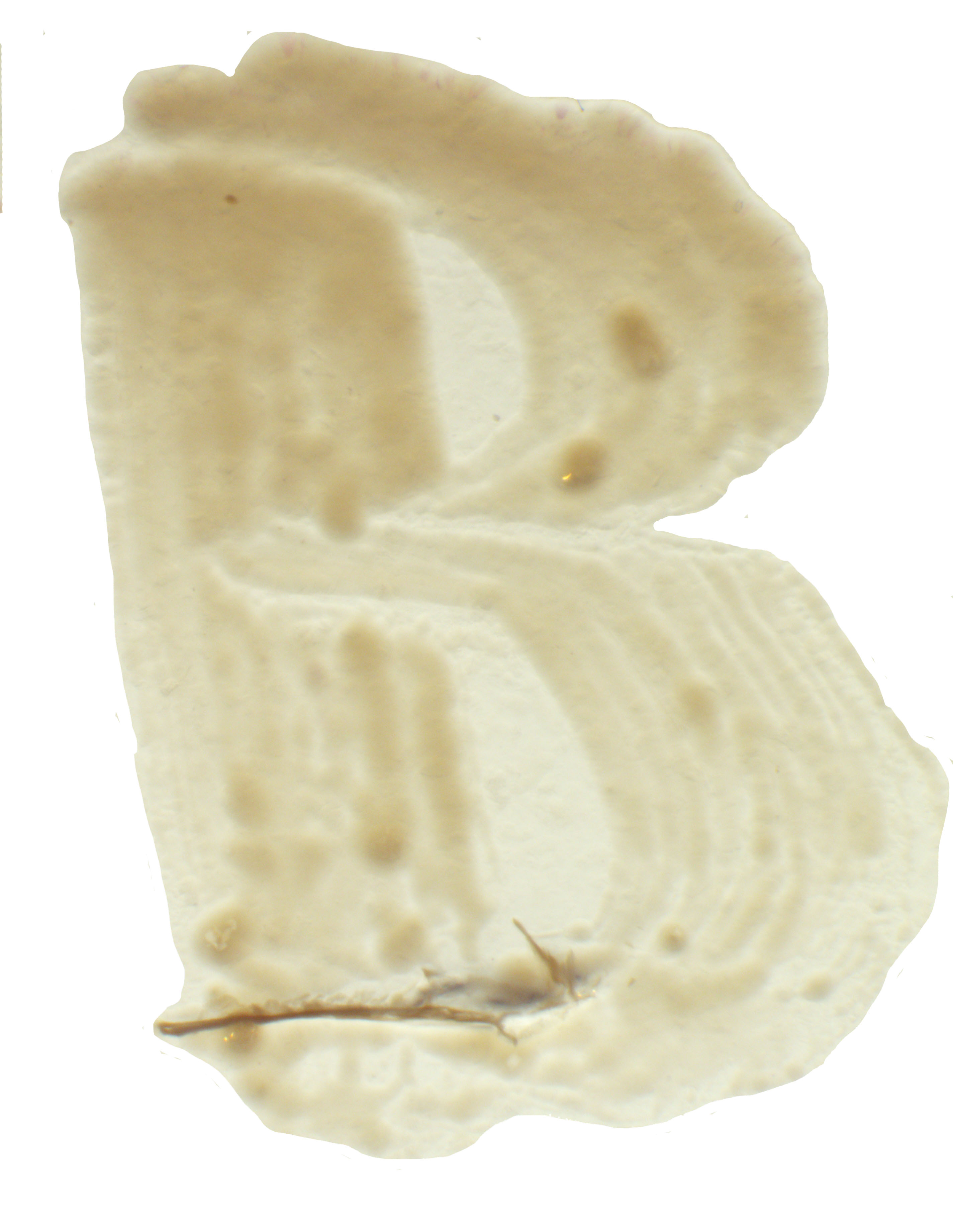
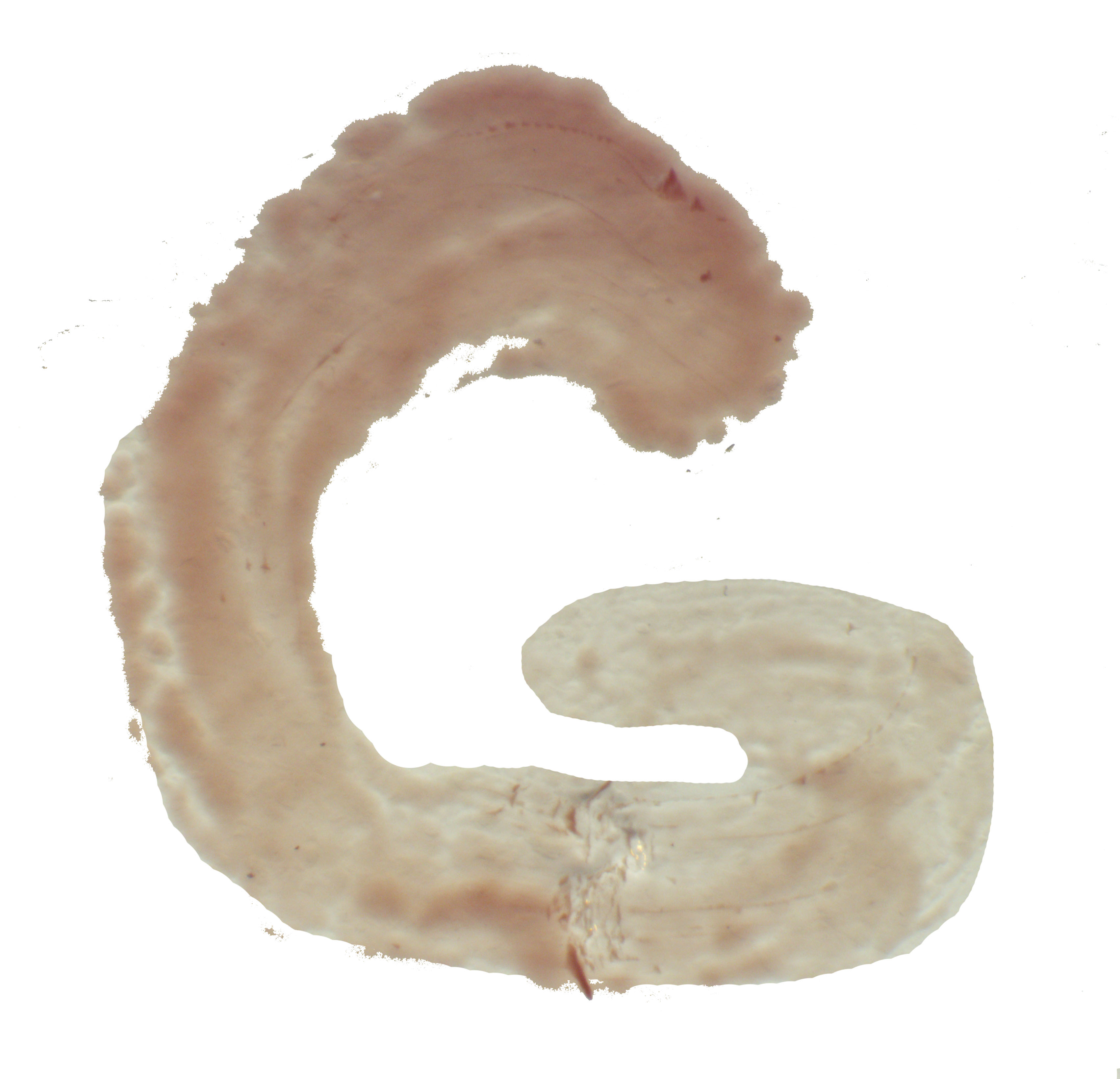
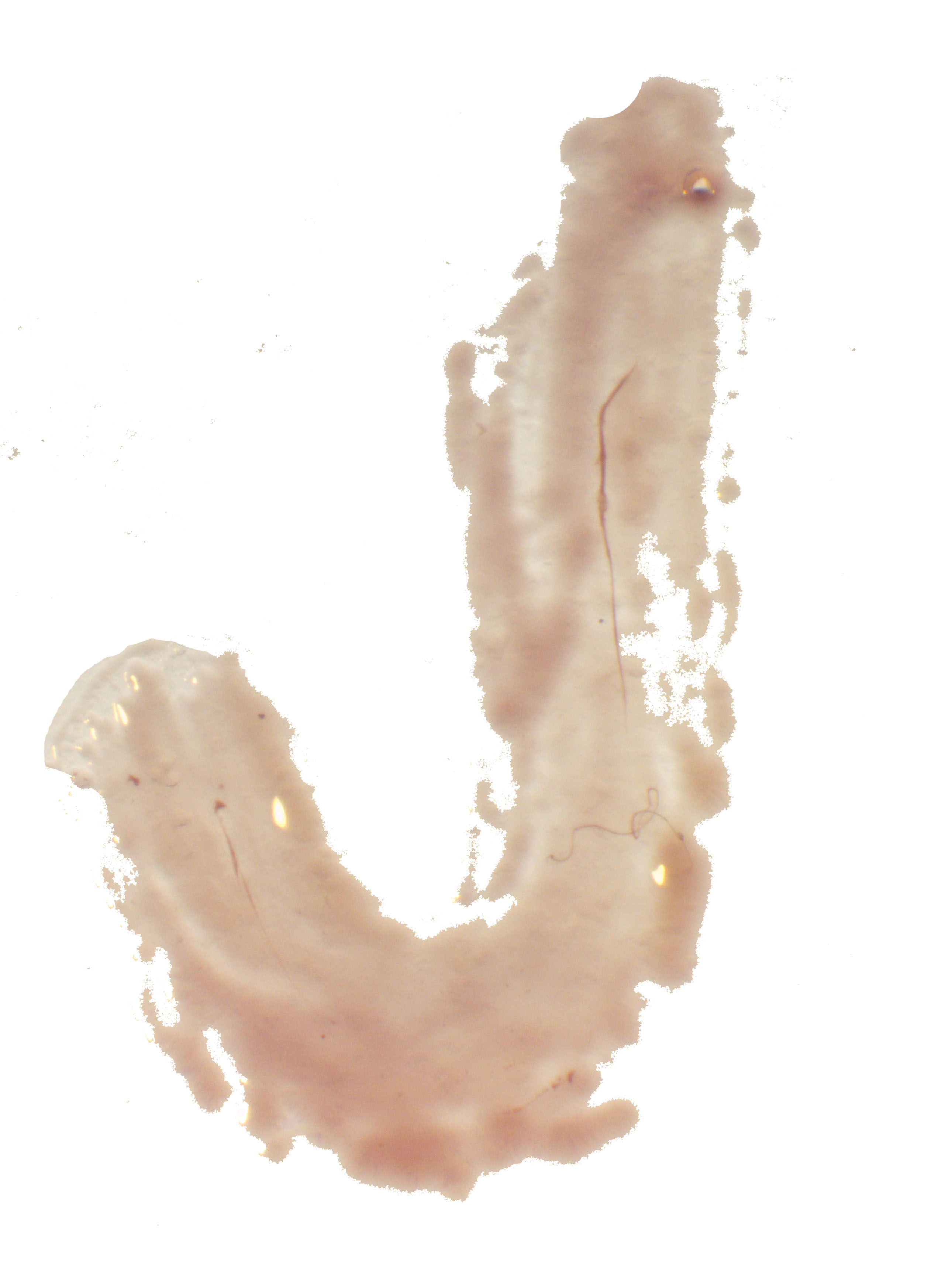
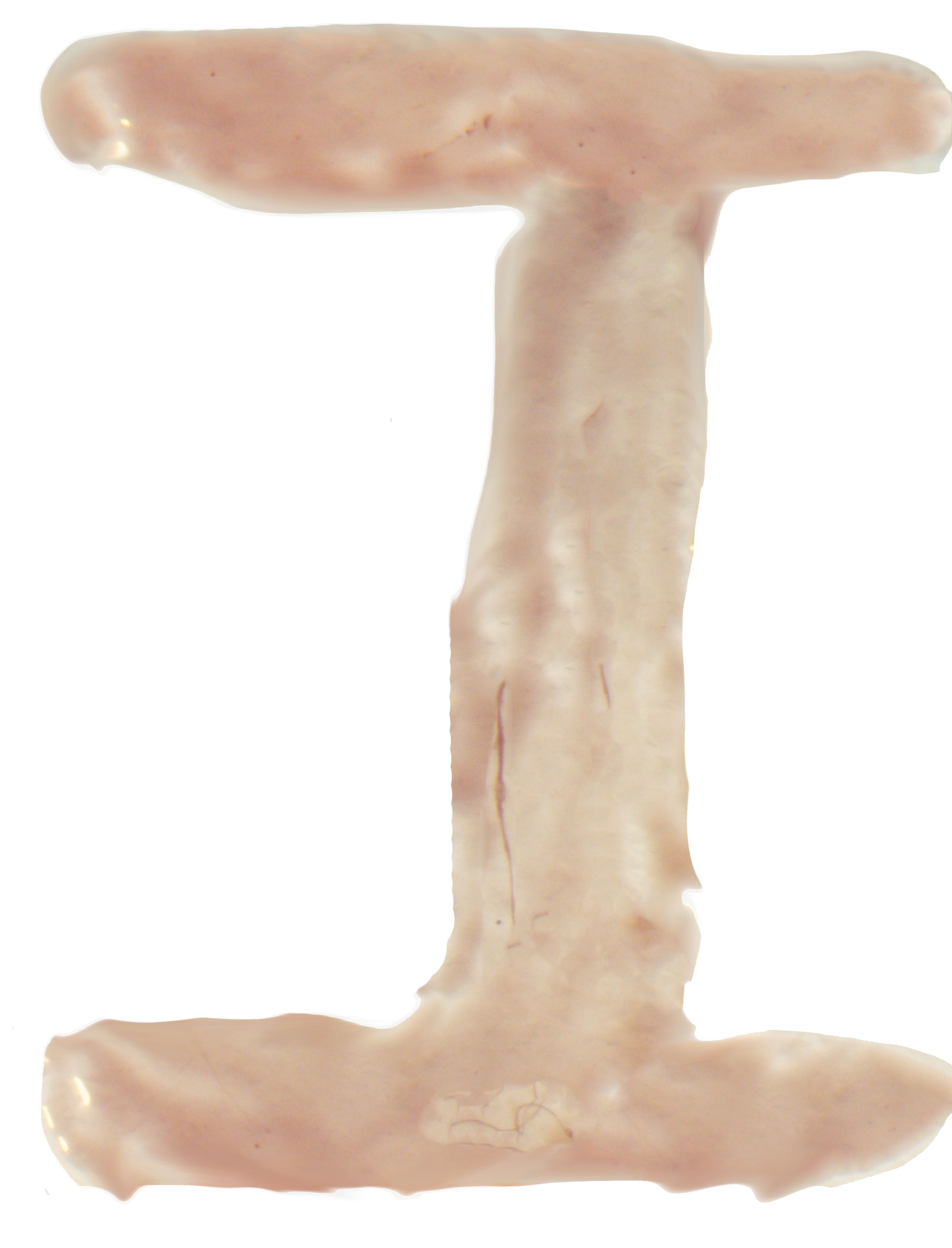
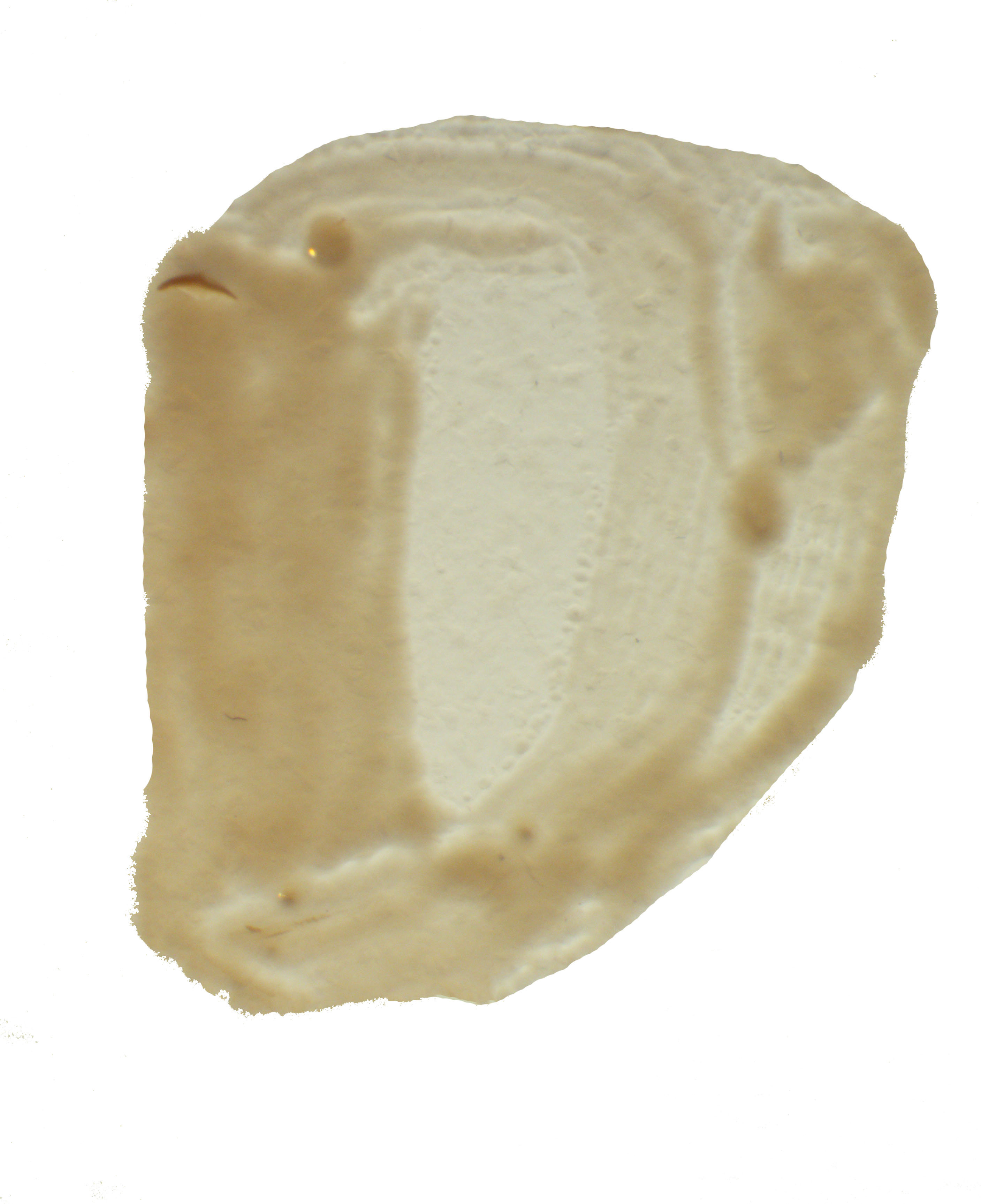
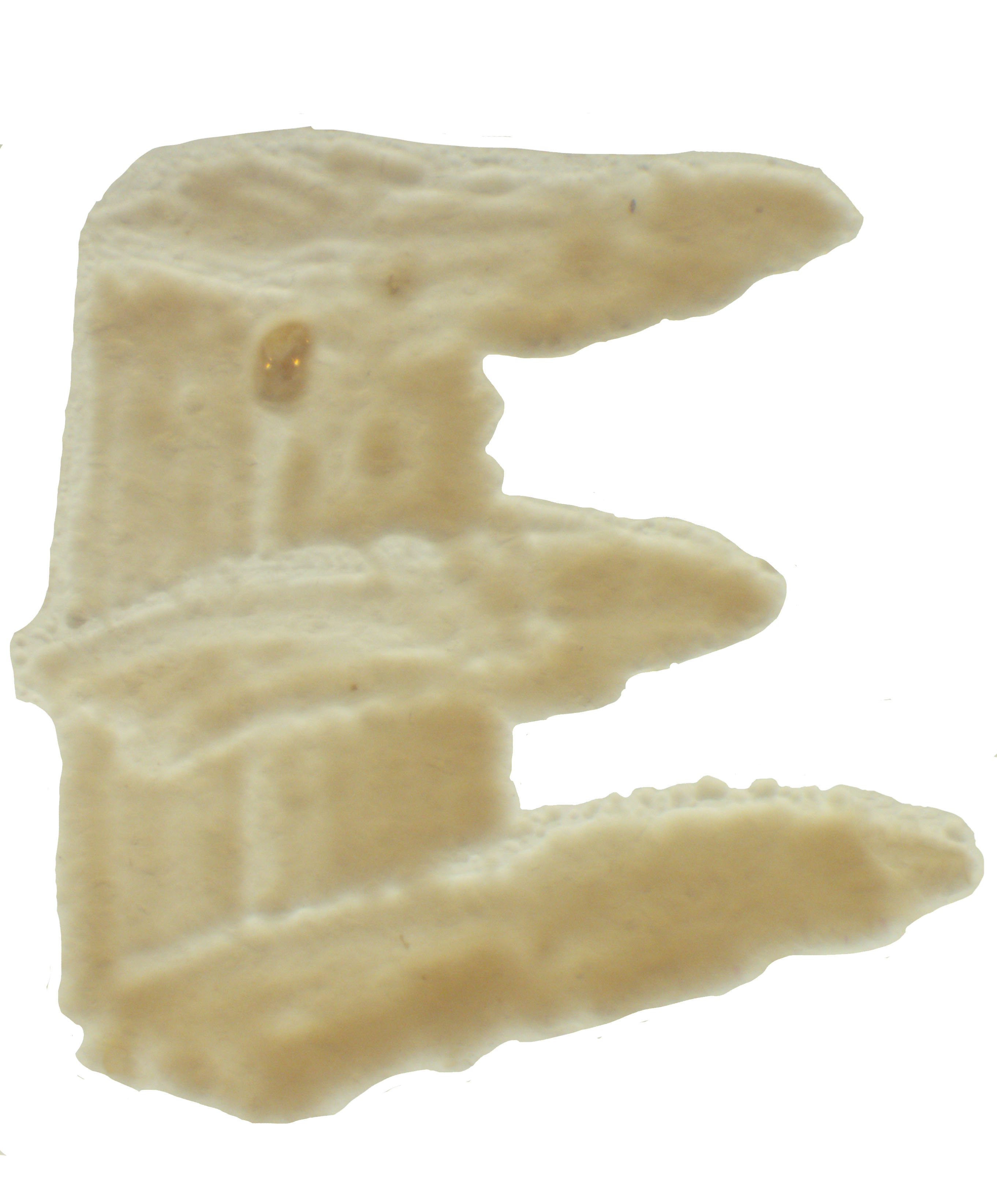
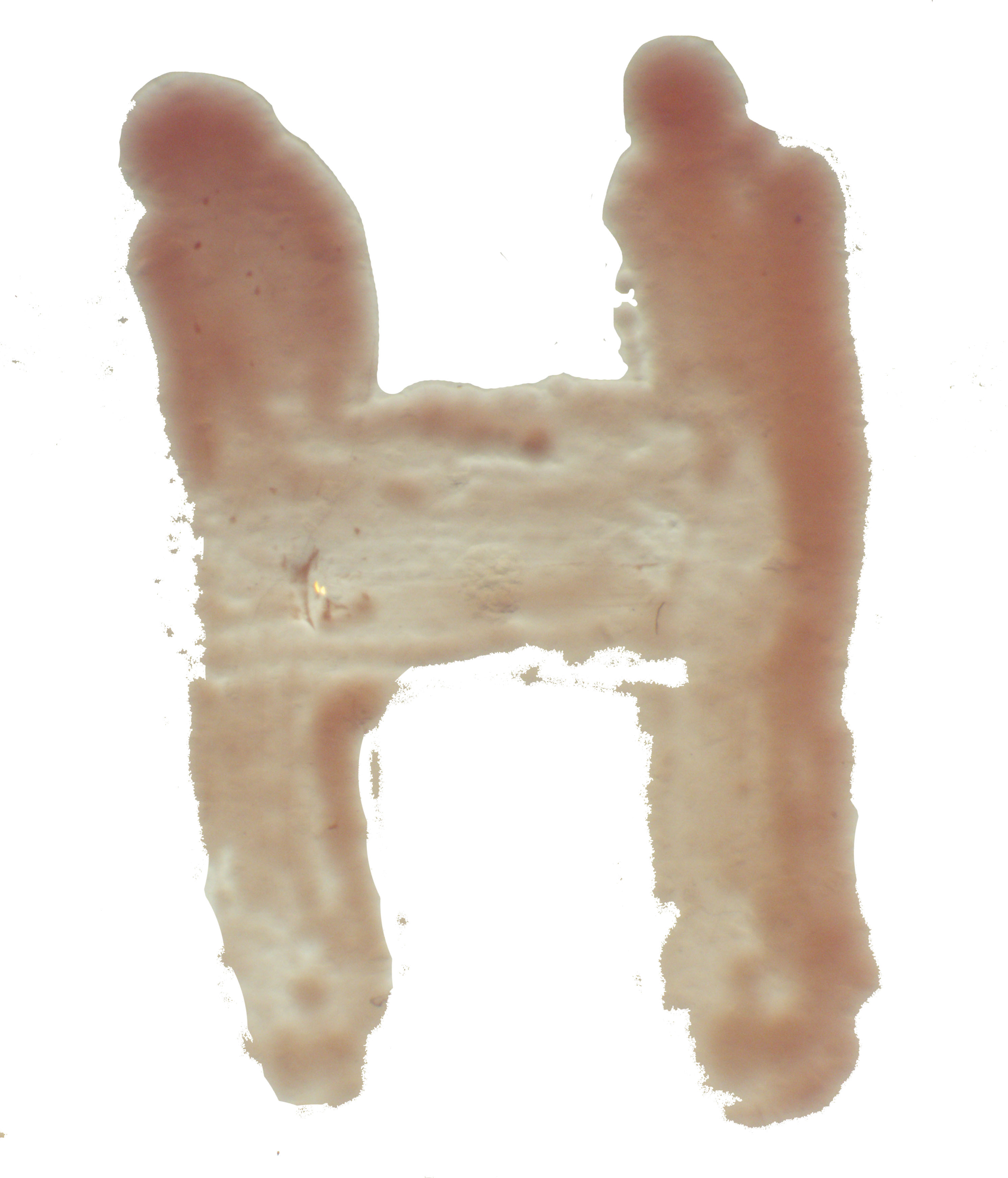



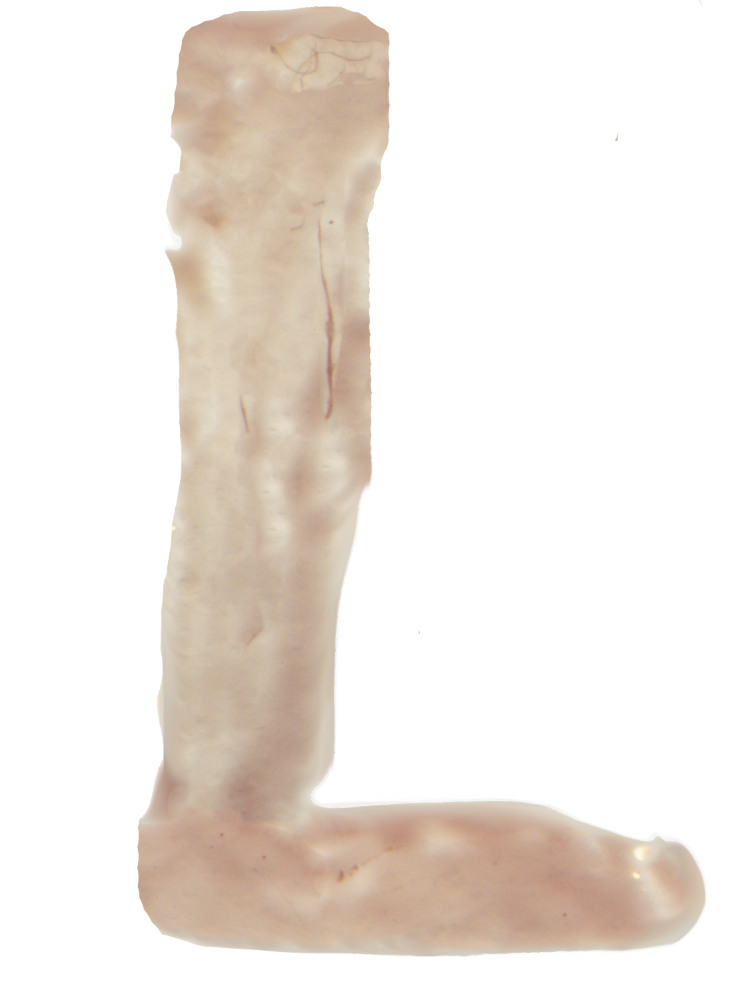
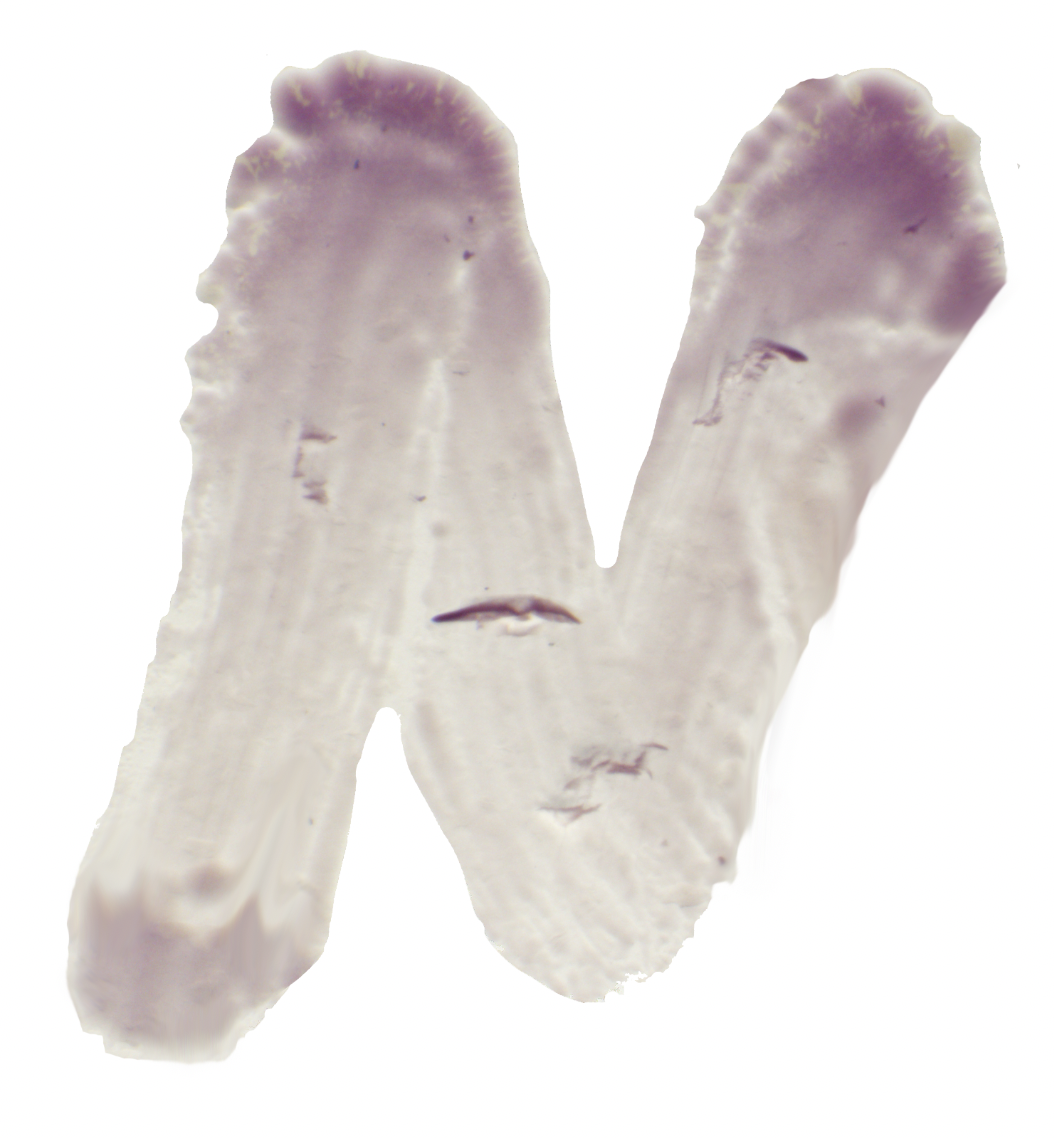
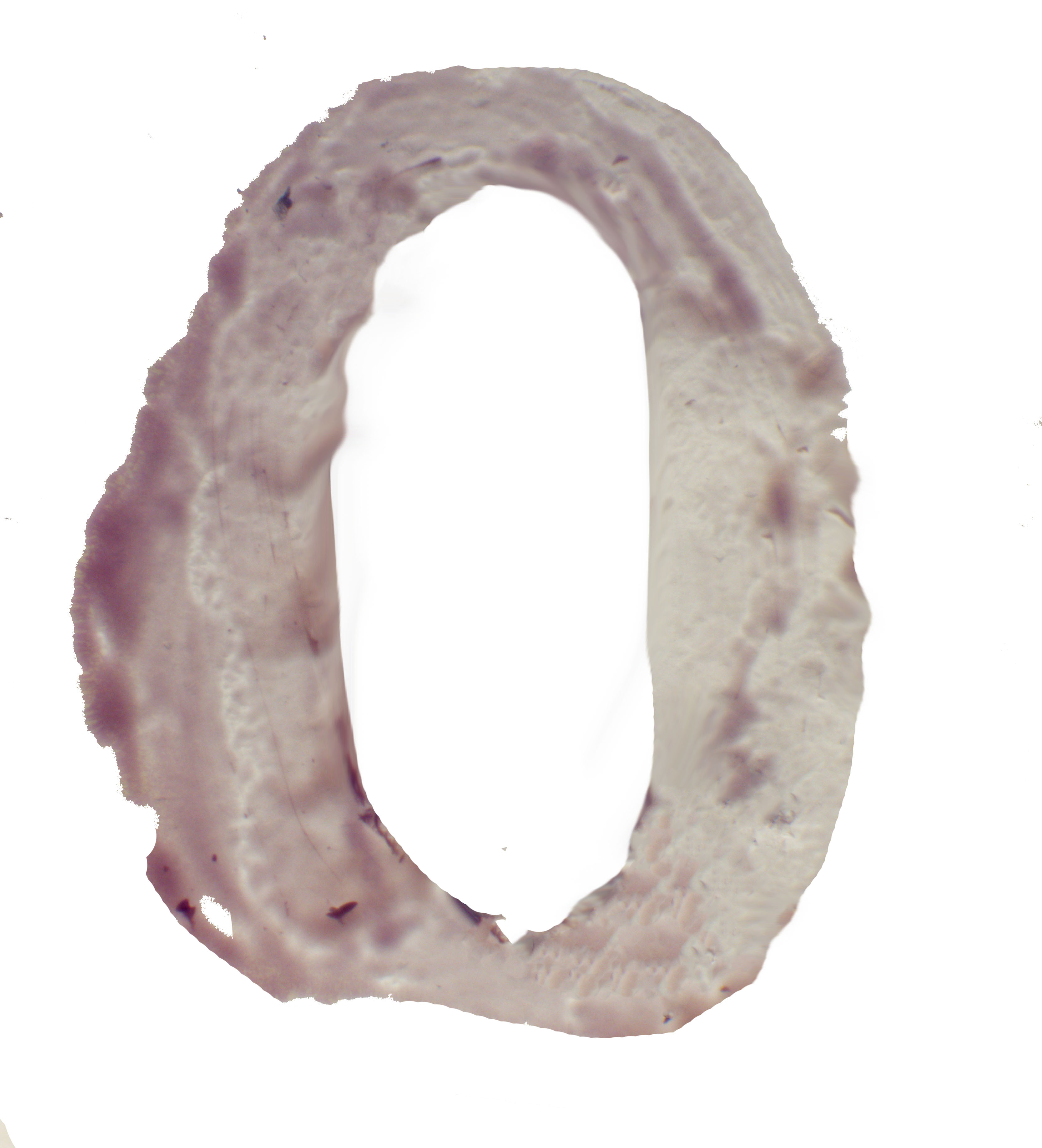
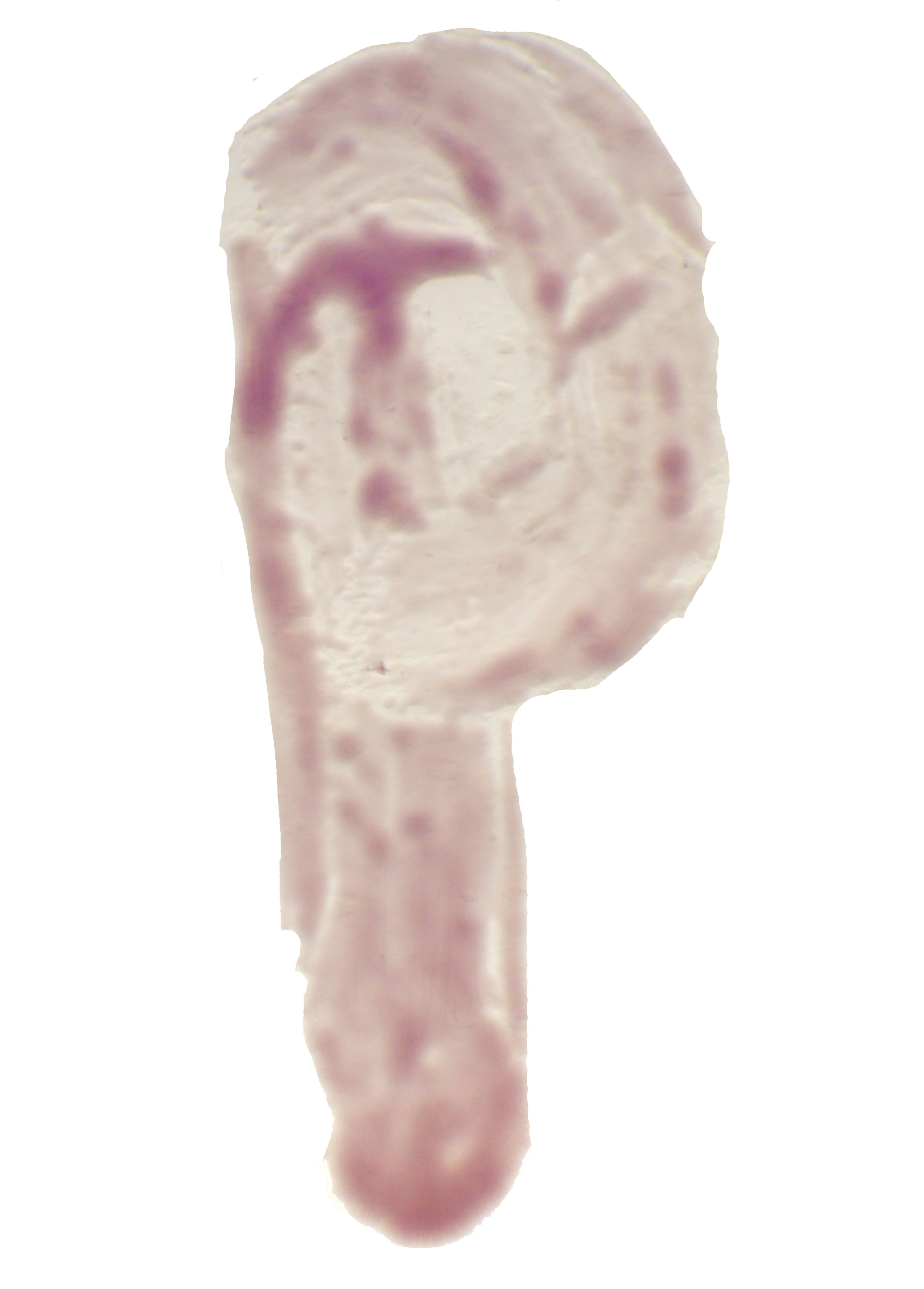
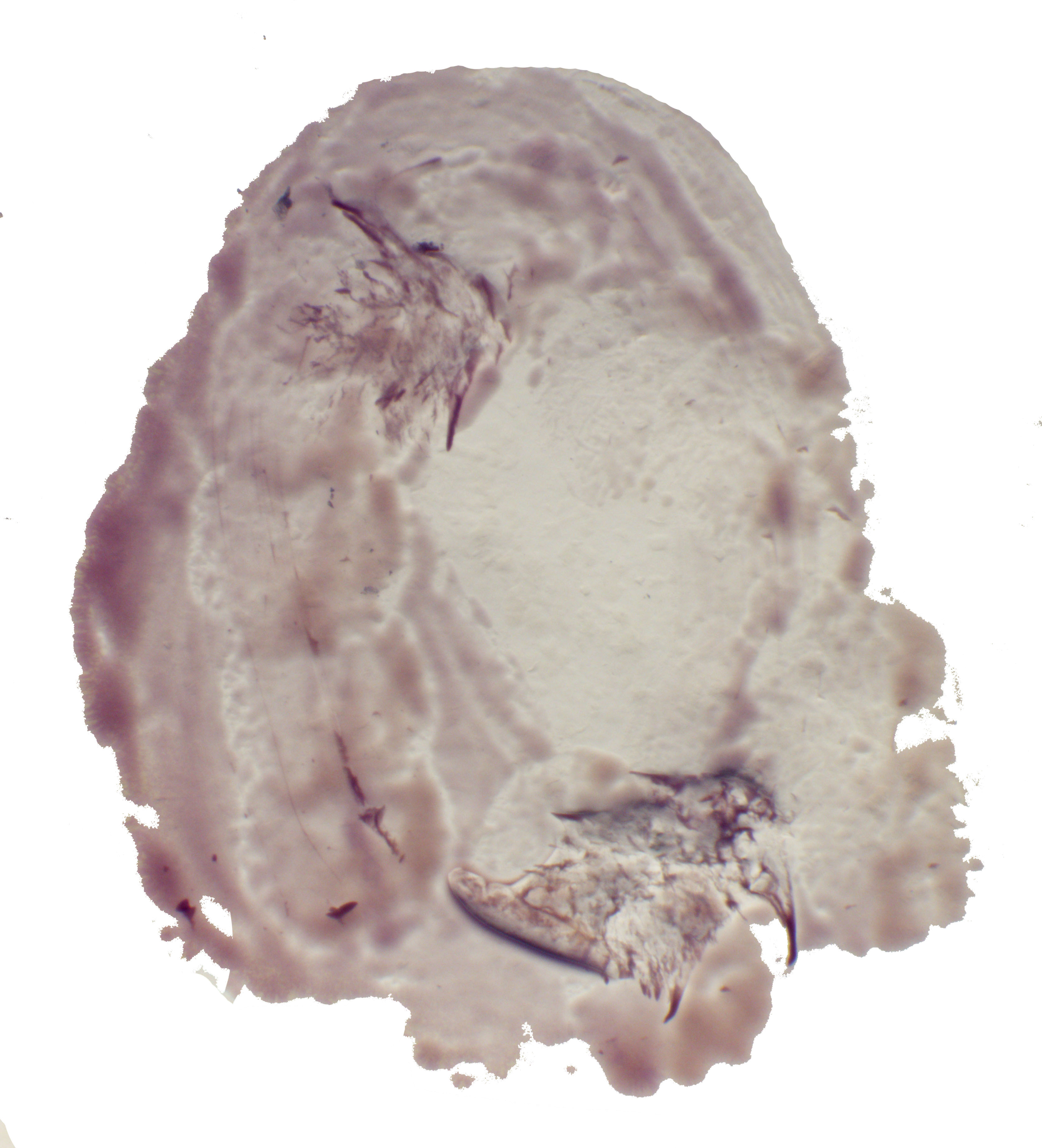
in collaboration with Genspace NYC


